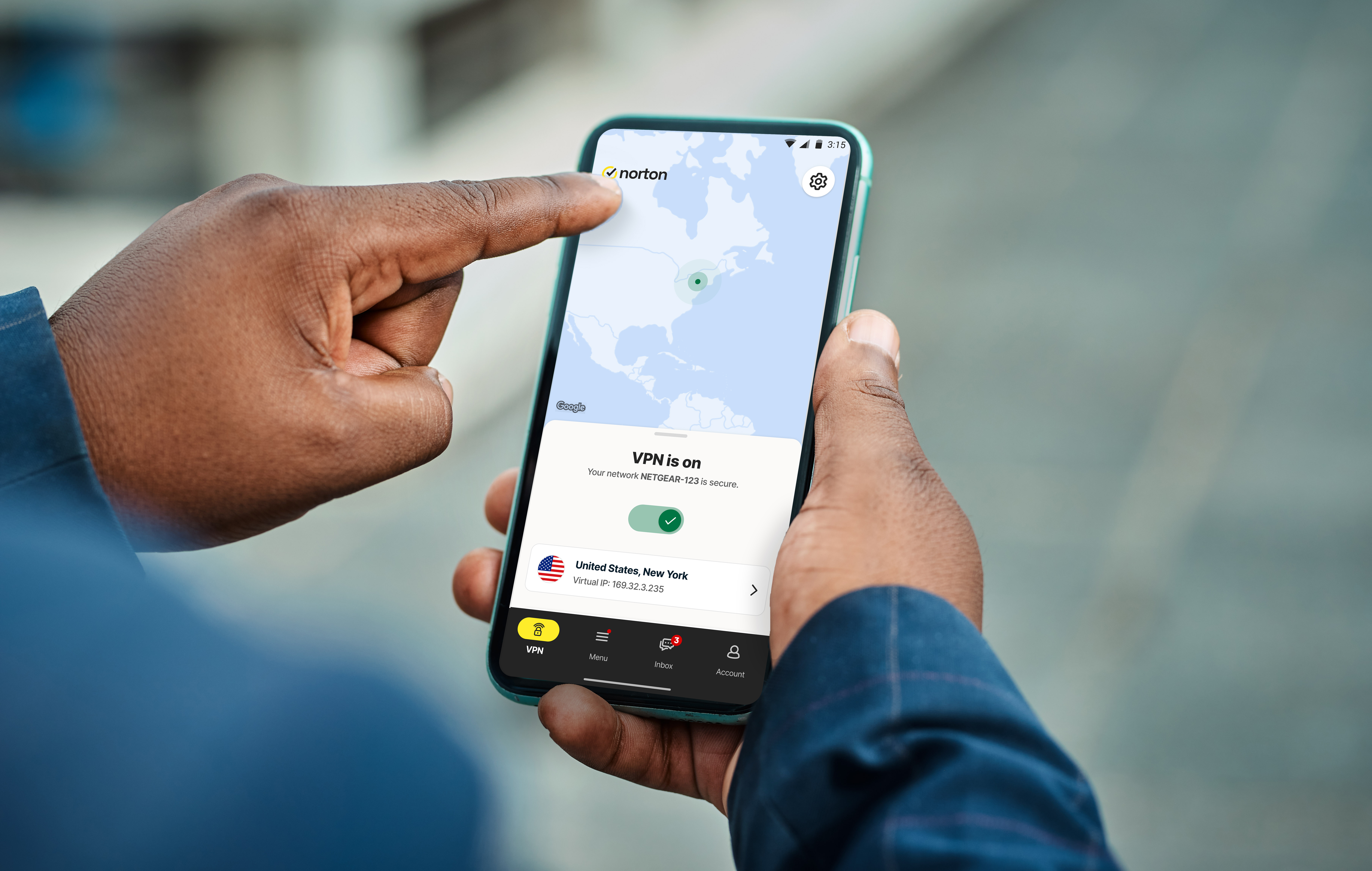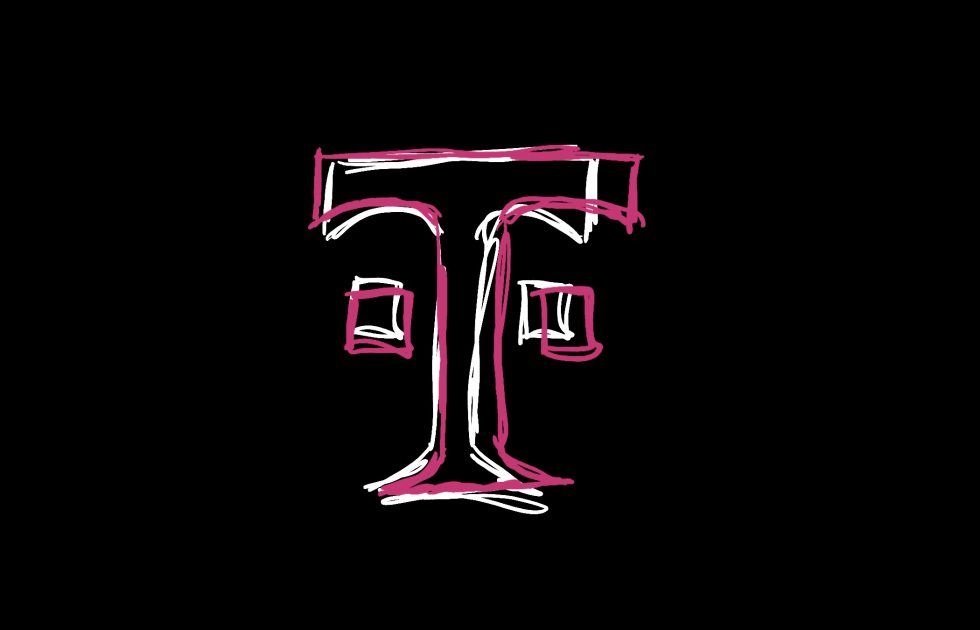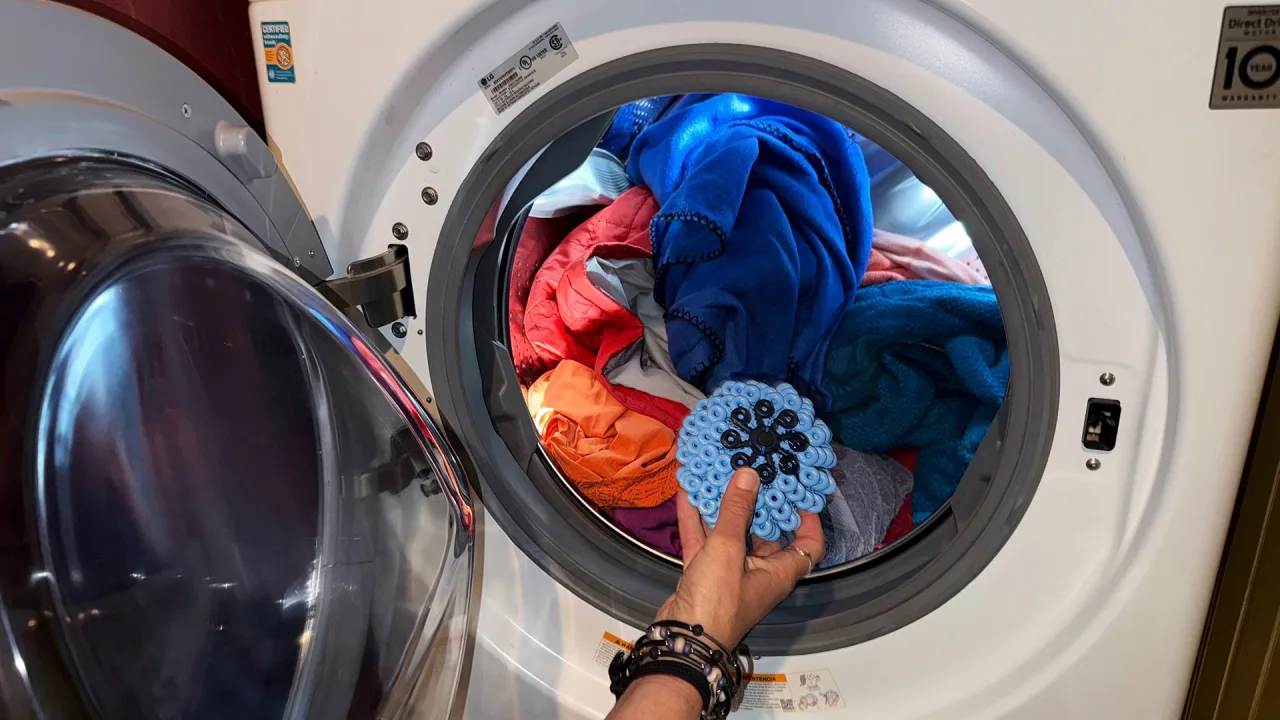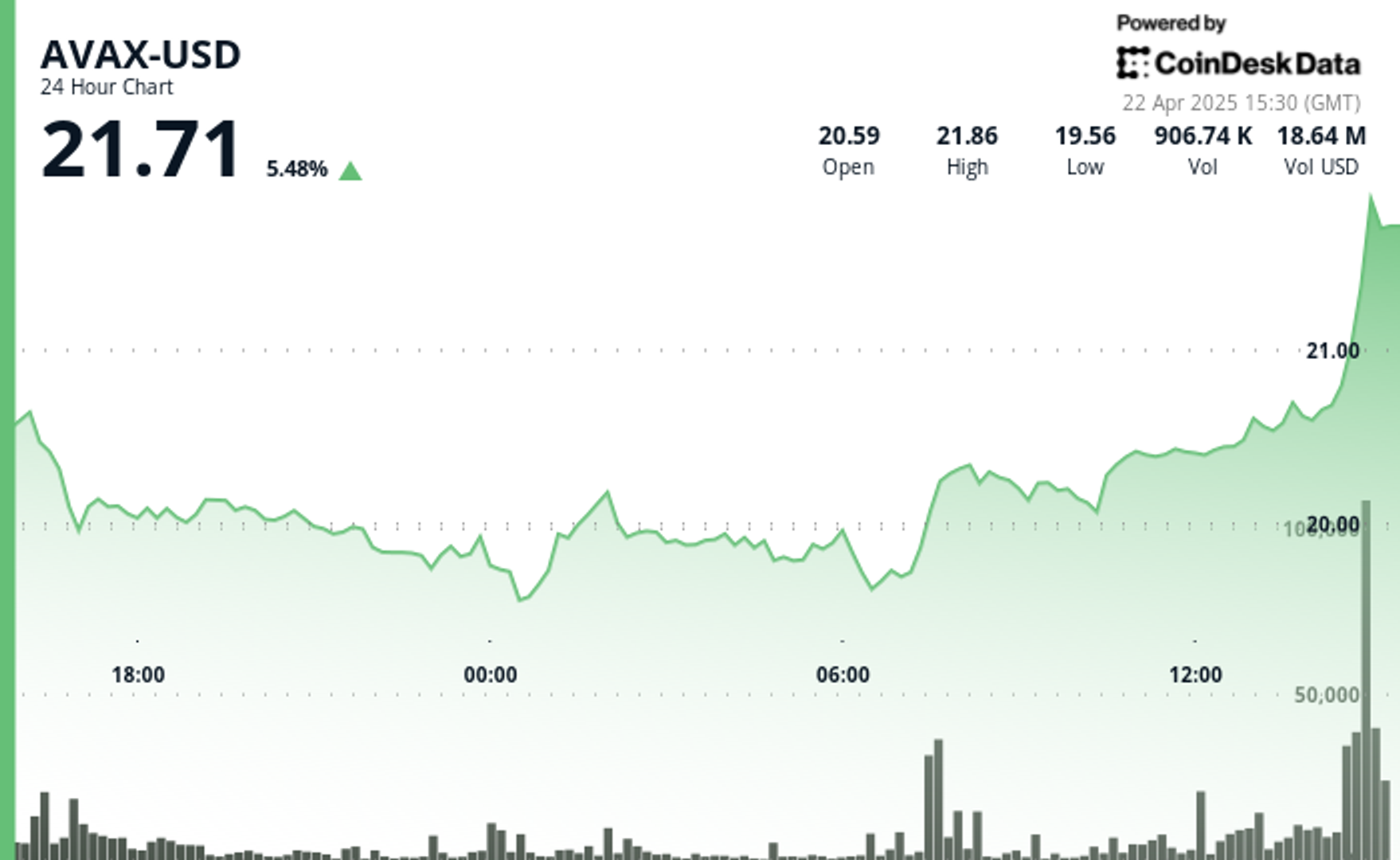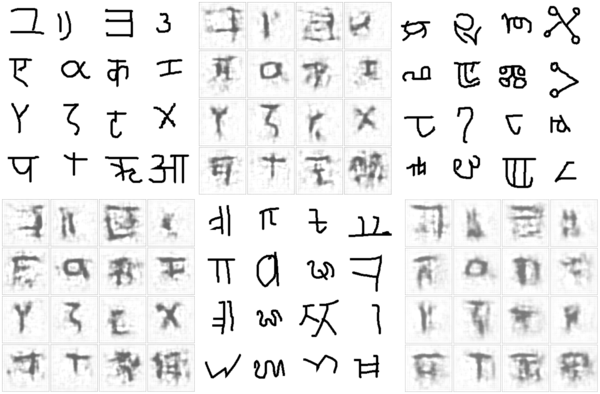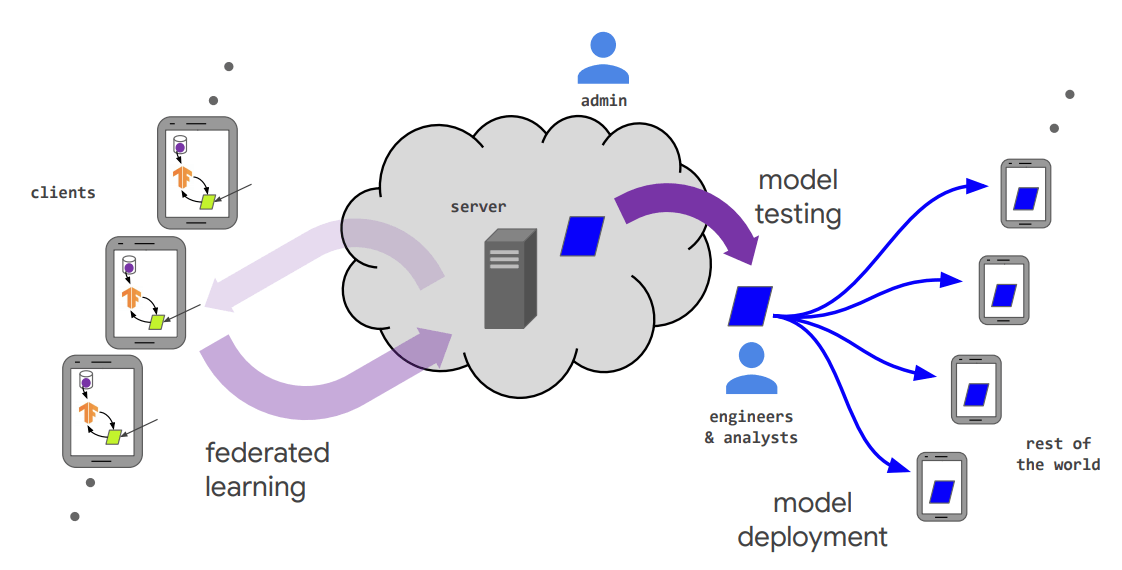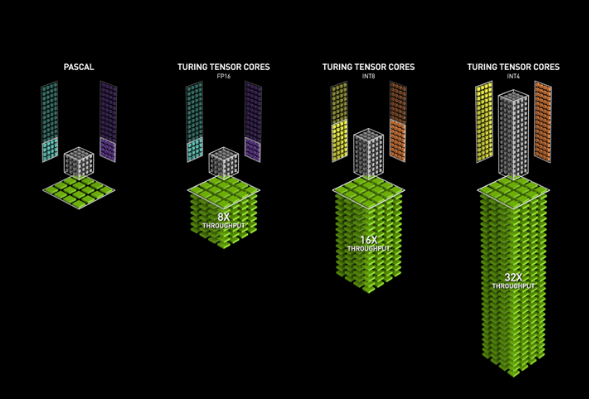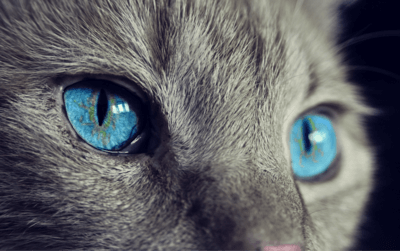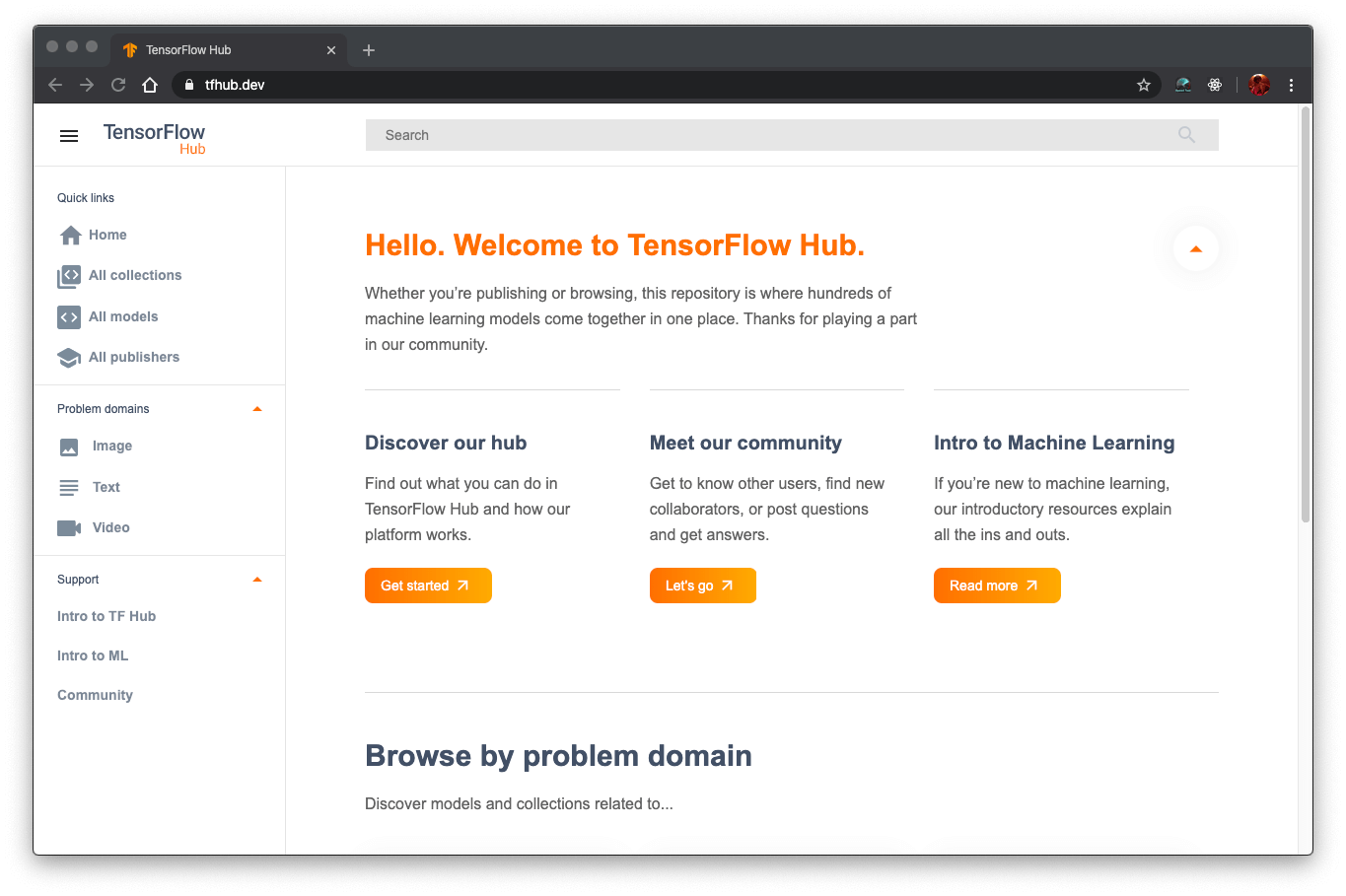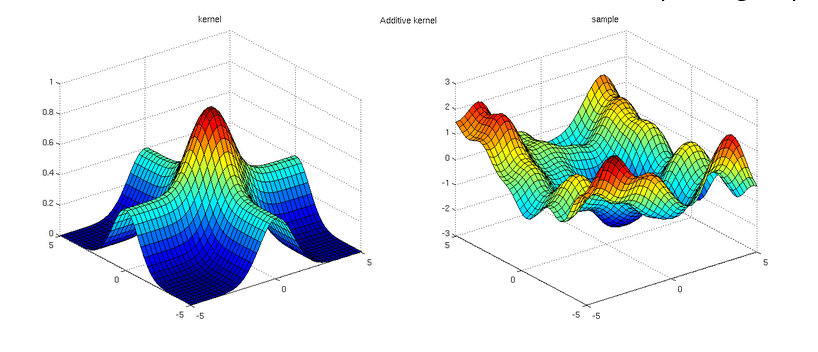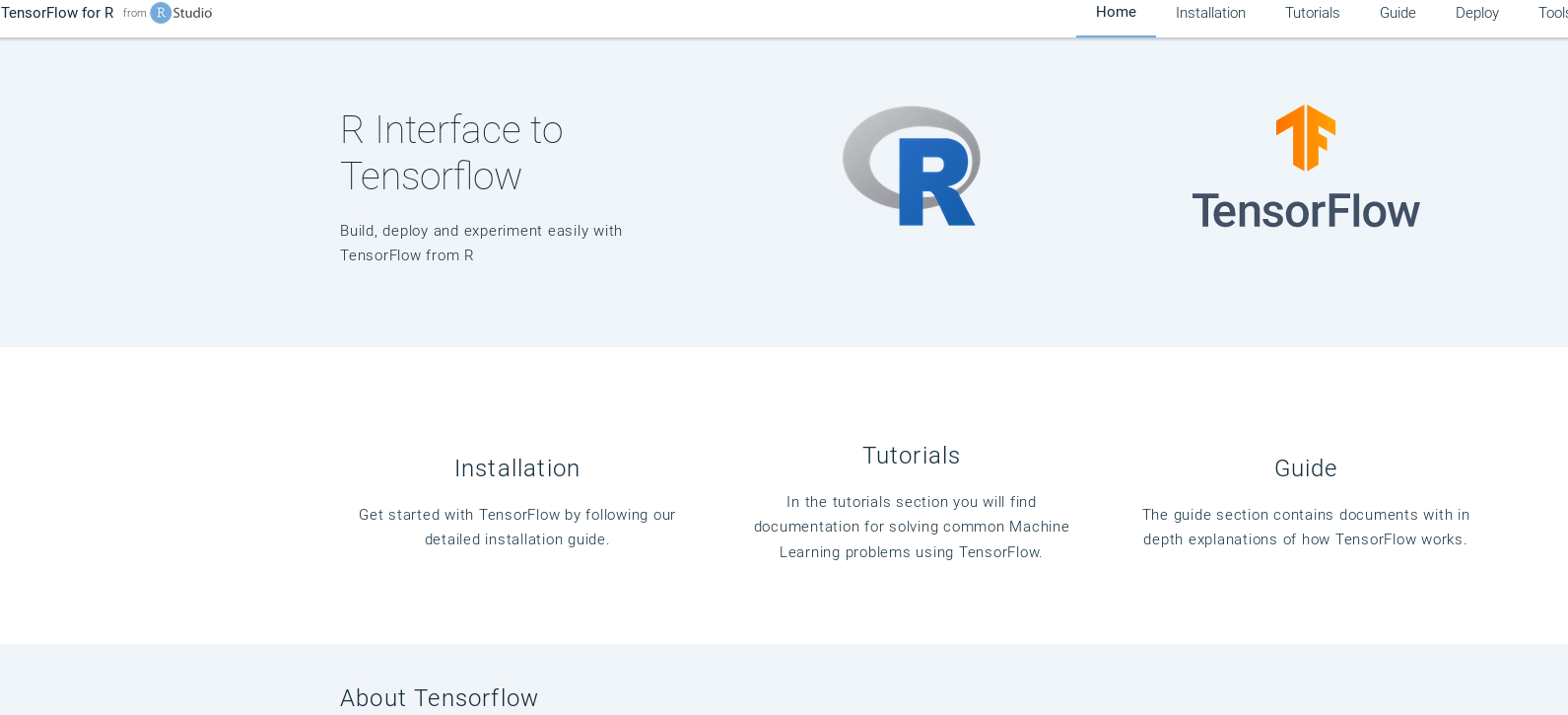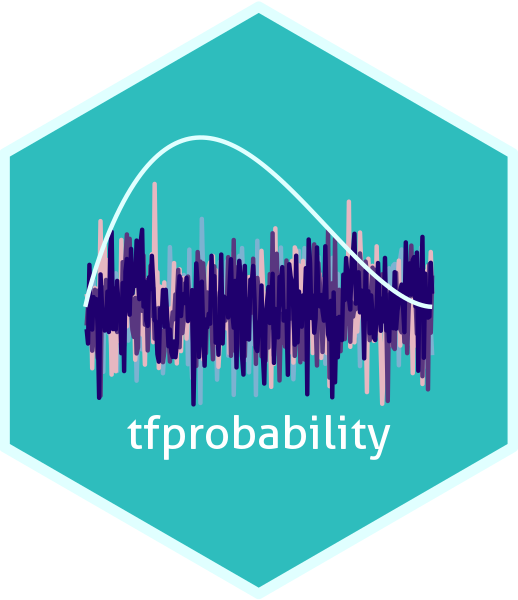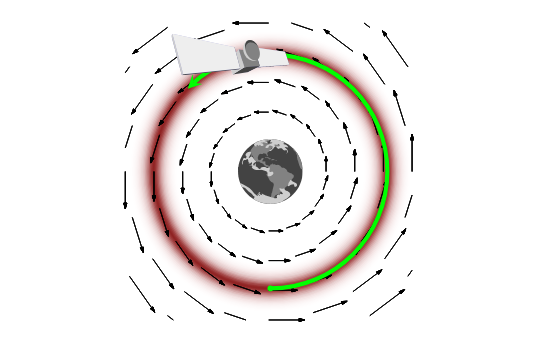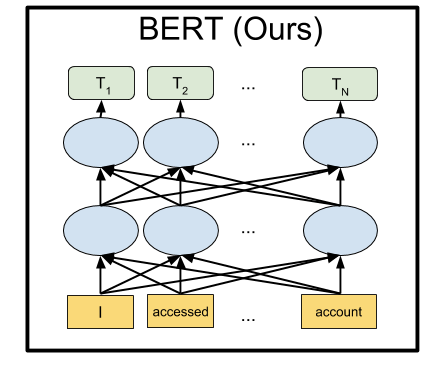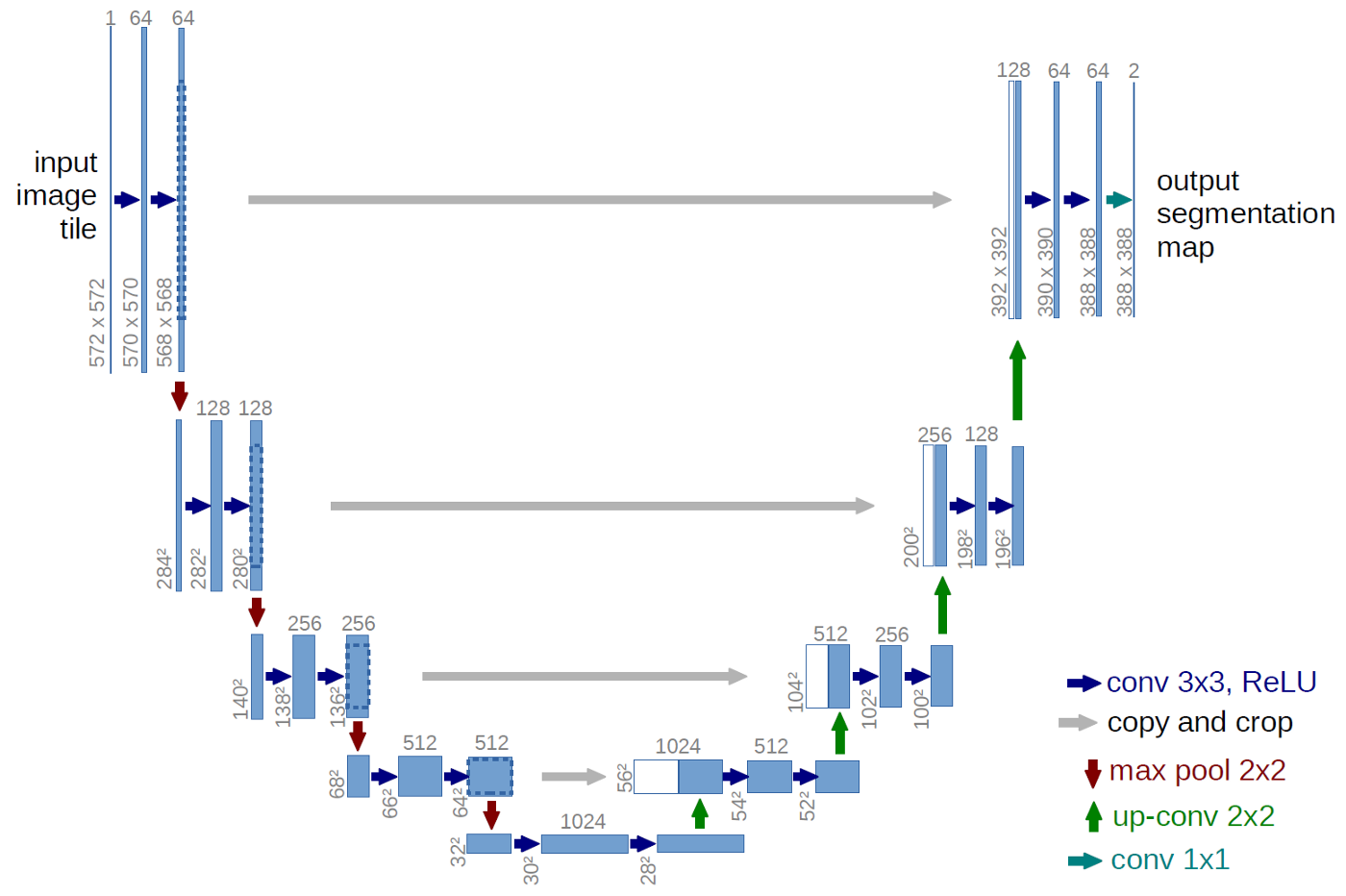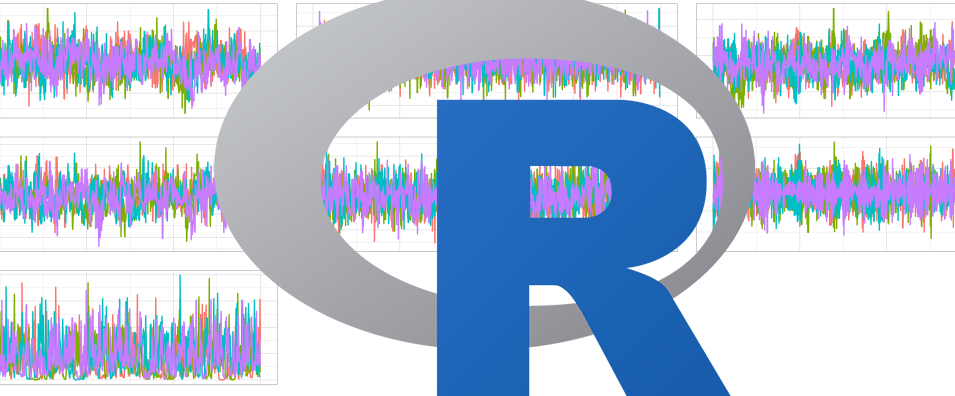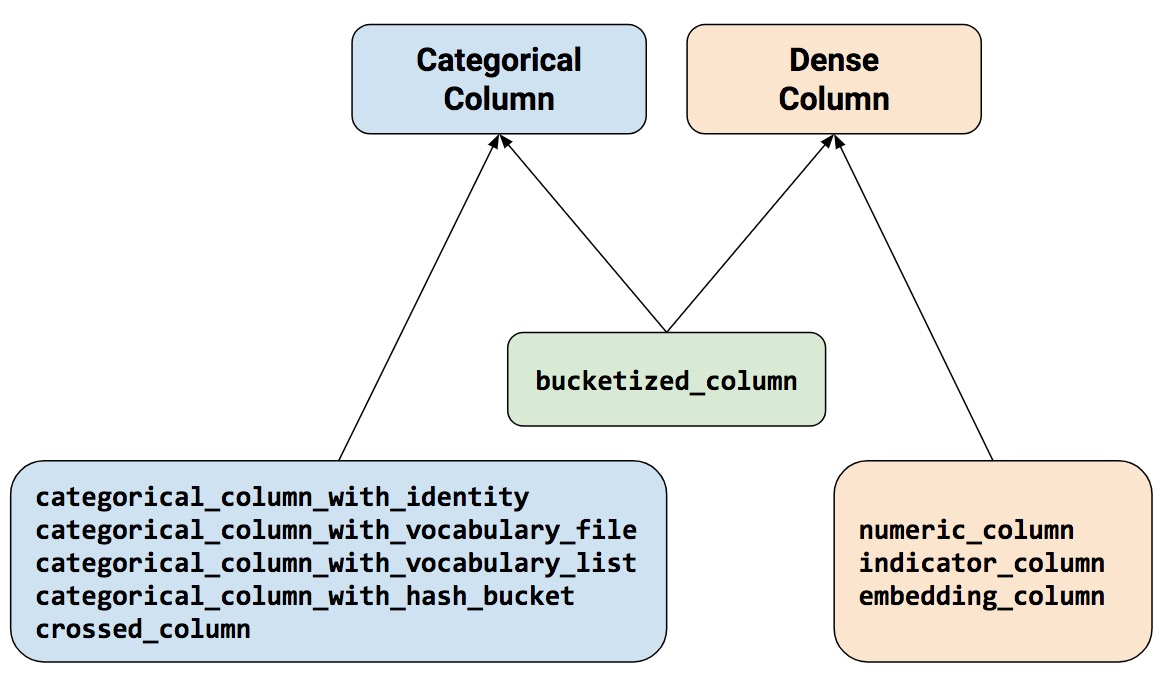This site uses cookies. By continuing to browse the site you are agreeing to our use of cookies.
All
GeekWireGeekWire
The Information
Mashable
Futurism
Techradar - All the latest technology news
Top News - MIT Technology Review
The Register
AnandTech
The Hacker News
Digital Trends
CNET News.com
The Next Web
Gizmodo
Slashdot
TechCrunch
WIRED
The Verge - All Posts
Engadget
Ars Technica
All
Dale on AI
Datumbox
Find New AI
Chatbots Magazine
Microsoft AI Blog
Appzoon Blog
Bigly Sales Blog
Top Marketing AI
Great Learning AI
Vue.ai Blog
Data Machina
Cogito Tech Blog
MetaDevo
AI Plus Info Blog
Computational Intelligence
USM Systems
TechSpective AI
AI Hub Blog
Marek Rosa's Blog
Robot Writers AI
Viact.ai
1RedDrop
DeepCognition
Machine Intelligence Research Institute
AI Weekly Blog
Fusemachines Insights Blog
AI Time Journal
DLabs AI
Artificial Lawyer
TOPBOTS
Marketing AI Institute
Chatbots Life
Isentia
AI Summer
Expert System
Clarifai
Kore.ai
Big Data Analytics
Becoming Human
DataRobot
Nanonets Blog
AIMultiple Research
KDnuggets
MIT Technology Review
RStudio AI
SAS Blog
O'Reilly Radar
Qudata
WGMimedia
SI Corr
Saal AI Insights
AI Revolution
Shaip Blog
Yatter Blog
The Spritle
AI Tool Nyheter
Daily AI
AIParabellum
Hanh Brown
AI2People
AI News Blog
Unite AI
DeepMind
BAIR Blog
MarkTechPost
Cyborg Insects Update 2
Apr 1, 2025 0
Miscellaneous Links #47
Mar 2, 2025 0
Eating Bugs
Feb 24, 2025 0
Miscellaneous Links #46
Feb 16, 2025 0
Soft Computing. Volume 29, Issue 5, March 2025
Apr 21, 2025 0
Weekly Review 25 April 2025
Apr 19, 2025 0
Weekly Review 18 April 2025
Apr 18, 2025 0
IEEE Transactions on Fuzzy Systems, Volume 33...
Apr 17, 2025 0
AI News Weekly - Build your own ideal newslet...
Apr 10, 2025 0
Next-Gen AI Assistants: Innovations from Open...
Feb 11, 2025 0
AI tool enhances transparency in X-ray analysis
Mar 14, 2025 0
Python Sets Quiz
Apr 2, 2025 0
Python File Handling Quiz
Apr 2, 2025 0
Python Tuples Quiz
Apr 1, 2025 0
All
Old New Thing
Linux Journal
blog.ploeh
Node.js
Martin Fowler
John Papa
JavaScript Weekly
Java Code Geeks
Herb Sutter
FreeCodeCamp
Dev.to
David Walsh
Code Tutsplus
Changelog
JetBrains Blog
Ayende Rahien
8th Light
Software Engineering
Github Blog
Facebook Engineering
Spotify Engineering
Google Developers
Stackoverflow Blog
Google Blog
When racing the Heisenbug, code quality goes ...
Apr 9, 2025 0
Production postmortem: The race condition in ...
Apr 7, 2025 0
All
VG247
TouchArcade
Steam
Siliconera
Rock Paper Shotgun
Pocket Tactics
PocketGamer
Playstation Lifestyle
PCGamesN
Nintendo Life
Xbox News
My Nintendo News
Kotaku
Indie Games Plus
GOG
Giant Bomb
Gamespot
Gamesindustry.biz
Eurogamer
Engadget
Playstation Blog
Humble Bundle
All
Linux Magazine
9to5Linux
Krebs on Security
Dark Reading
Cybersecurity News
Venture Beat
Towards Data Science
Machine Learning Mastery
Enterprise AI News
Daily AI
AnandTech
ZDNet
Gigaom
Technology Review
Techmeme
SlashGear
Slashdot
PC World
Makezine
Hackaday
GSMArena
Gizmodo
ExtremeTech
Digital Trends
BGR
Ars Technica
Apple Insider
Android Central
Android Authority
9to5Mac
9to5Google
The Next Web
The Verge
The Register
iClarified
Malwarebytes Blog
Web.dev
Fossmint
Phandroid
Tech Radar
Ghacks
Droid-Life
Talk Android
Android Headlines
Official Android Blog
OMG Ubuntu
Mac Rumors
Giz China
Phone Arena
Torrent Freak
CMSWire
Apple Newsroom
Tech Crunch
Watch: Google DeepMind CEO and AI Nobel winne...
Apr 21, 2025 0
Anthropic just analyzed 700,000 Claude conver...
Apr 21, 2025 0
Identity as the new perimeter: NOV’s approach...
Apr 19, 2025 0
Making FinOps Matter
Feb 11, 2025 0
Where’s Security Going in 2025?
Feb 11, 2025 0
- Tech News
-
AI
- All
- Dale on AI
- Datumbox
- Find New AI
- Chatbots Magazine
- Microsoft AI Blog
- Appzoon Blog
- Bigly Sales Blog
- Top Marketing AI
- Great Learning AI
- Vue.ai Blog
- Data Machina
- Cogito Tech Blog
- MetaDevo
- AI Plus Info Blog
- Computational Intelligence
- USM Systems
- TechSpective AI
- AI Hub Blog
- Marek Rosa's Blog
- Robot Writers AI
- Viact.ai
- 1RedDrop
- DeepCognition
- Machine Intelligence Research Institute
- AI Weekly Blog
- Fusemachines Insights Blog
- AI Time Journal
- DLabs AI
- Artificial Lawyer
- TOPBOTS
- Marketing AI Institute
- Chatbots Life
- Isentia
- AI Summer
- Expert System
- Clarifai
- Kore.ai
- Big Data Analytics
- Becoming Human
- DataRobot
- Nanonets Blog
- AIMultiple Research
- KDnuggets
- MIT Technology Review
- RStudio AI
- SAS Blog
- O'Reilly Radar
- Qudata
- WGMimedia
- SI Corr
- Saal AI Insights
- AI Revolution
- Shaip Blog
- Yatter Blog
- The Spritle
- AI Tool Nyheter
- Daily AI
- AIParabellum
- Hanh Brown
- AI2People
- AI News Blog
- Unite AI
- DeepMind
- BAIR Blog
- MarkTechPost
-
Programming
- All
- Old New Thing
- Linux Journal
- blog.ploeh
- Node.js
- Martin Fowler
- John Papa
- JavaScript Weekly
- Java Code Geeks
- Herb Sutter
- FreeCodeCamp
- Dev.to
- David Walsh
- Code Tutsplus
- Changelog
- JetBrains Blog
- Ayende Rahien
- 8th Light
- Software Engineering
- Github Blog
- Facebook Engineering
- Spotify Engineering
- Google Developers
- Stackoverflow Blog
- Google Blog
- Gaming
-
Technology
- All
- Linux Magazine
- 9to5Linux
- Krebs on Security
- Dark Reading
- Cybersecurity News
- Venture Beat
- Towards Data Science
- Machine Learning Mastery
- Enterprise AI News
- Daily AI
- AnandTech
- ZDNet
- Gigaom
- Technology Review
- Techmeme
- SlashGear
- Slashdot
- PC World
- Makezine
- Hackaday
- GSMArena
- Gizmodo
- ExtremeTech
- Digital Trends
- BGR
- Ars Technica
- Apple Insider
- Android Central
- Android Authority
- 9to5Mac
- 9to5Google
- The Next Web
- The Verge
- The Register
- iClarified
- Malwarebytes Blog
- Web.dev
- Fossmint
- Phandroid
- Tech Radar
- Ghacks
- Droid-Life
- Talk Android
- Android Headlines
- Official Android Blog
- OMG Ubuntu
- Mac Rumors
- Giz China
- Phone Arena
- Torrent Freak
- CMSWire
- Apple Newsroom
- Tech Crunch
- Entrepreneurship
- Crytpo
- Add AI feed
- Our Sources
- About us
.jpg)








































































































































































![[The AI Show Episode 144]: ChatGPT’s New Memory, Shopify CEO’s Leaked “AI First” Memo, Google Cloud Next Releases, o3 and o4-mini Coming Soon & Llama 4’s Rocky Launch](https://www.marketingaiinstitute.com/hubfs/ep%20144%20cover.png)















































































































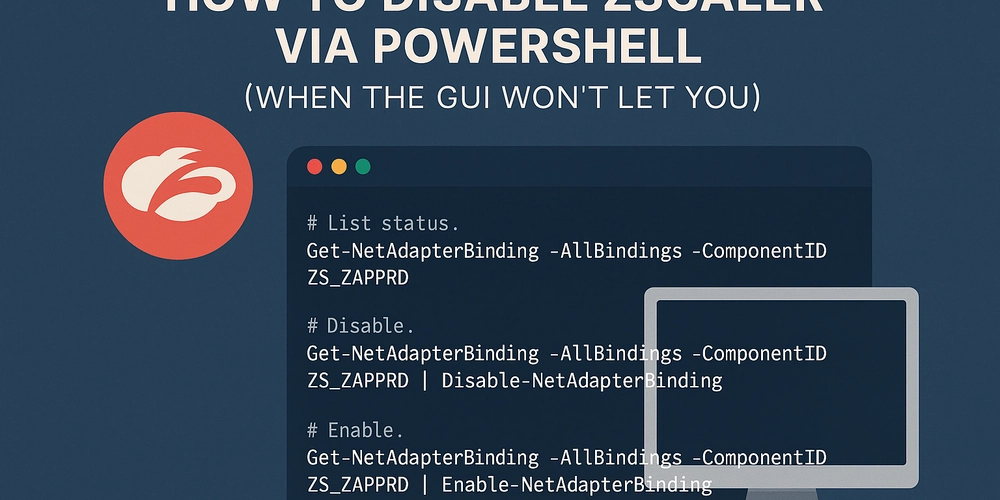

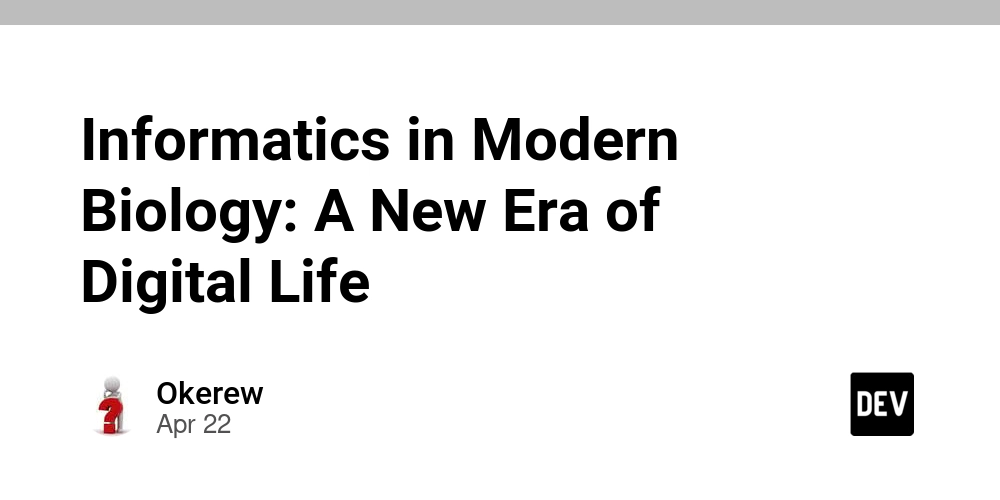
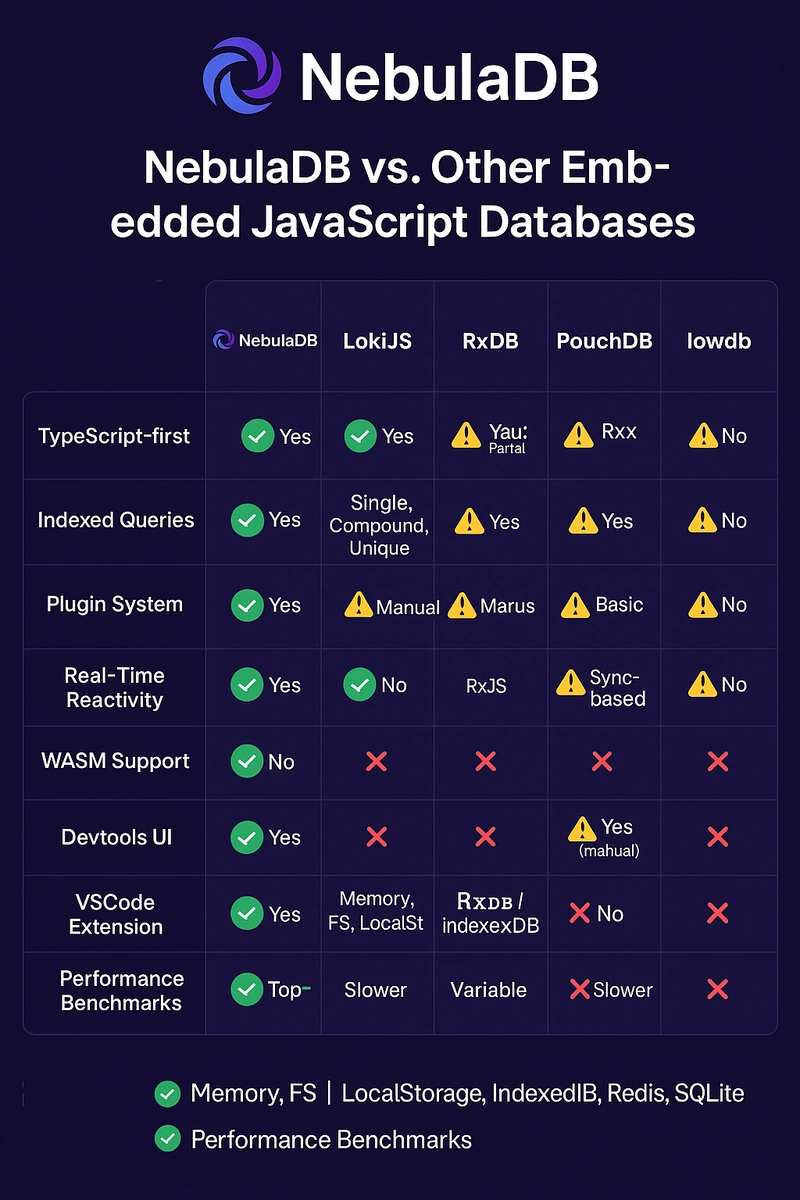





































![BPMN-procesmodellering [closed]](https://i.sstatic.net/l7l8q49F.png)

























































































-All-will-be-revealed-00-35-05.png?width=1920&height=1920&fit=bounds&quality=70&format=jpg&auto=webp#)
-All-will-be-revealed-00-17-36.png?width=1920&height=1920&fit=bounds&quality=70&format=jpg&auto=webp#)
-Jack-Black---Steve's-Lava-Chicken-(Official-Music-Video)-A-Minecraft-Movie-Soundtrack-WaterTower-00-00-32_lMoQ1fI.png?width=1920&height=1920&fit=bounds&quality=70&format=jpg&auto=webp#)
























_Weyo_alamy.png?width=1280&auto=webp&quality=80&disable=upscale#)
_Brain_light_Alamy.jpg?width=1280&auto=webp&quality=80&disable=upscale#)







































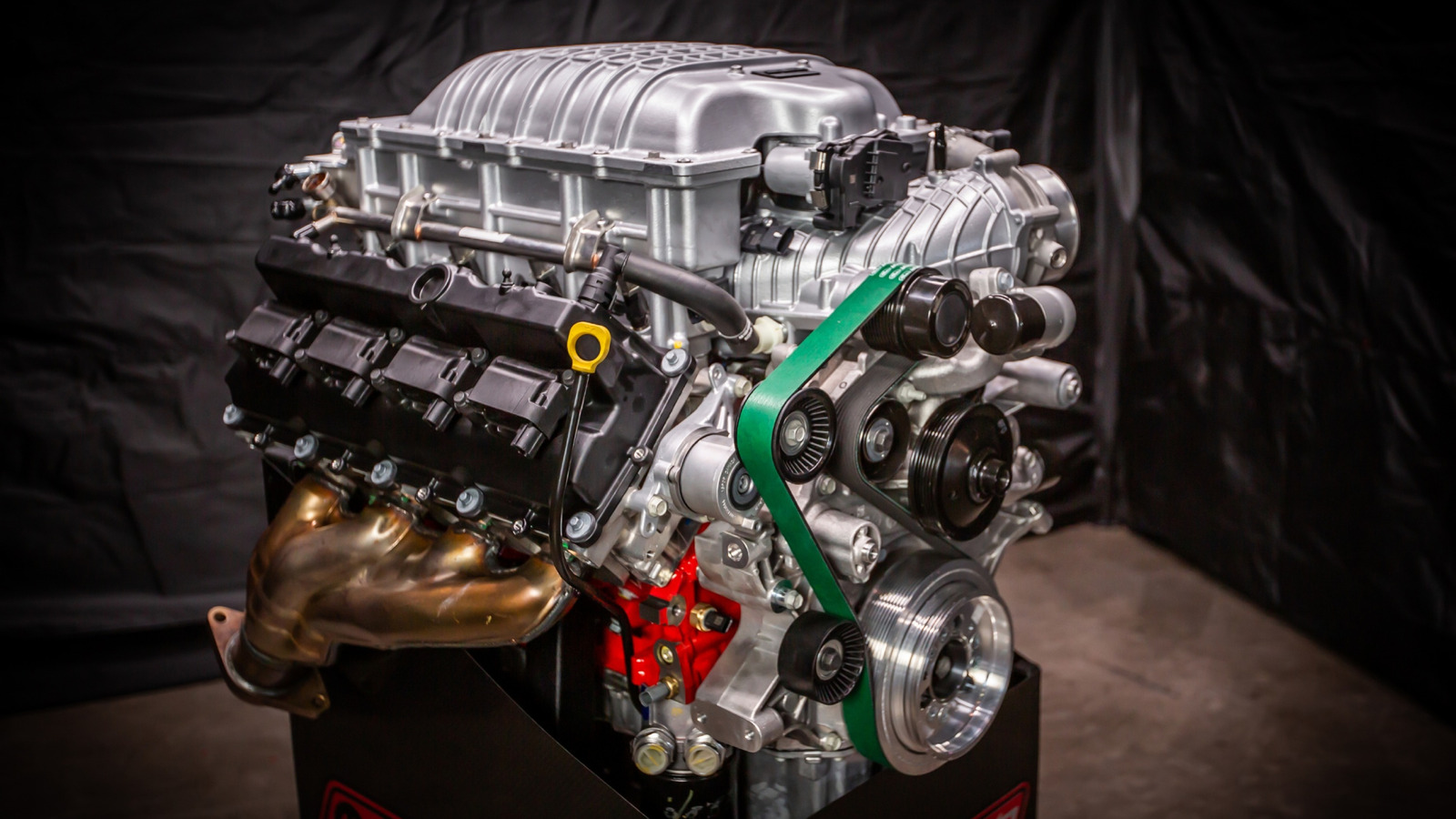

































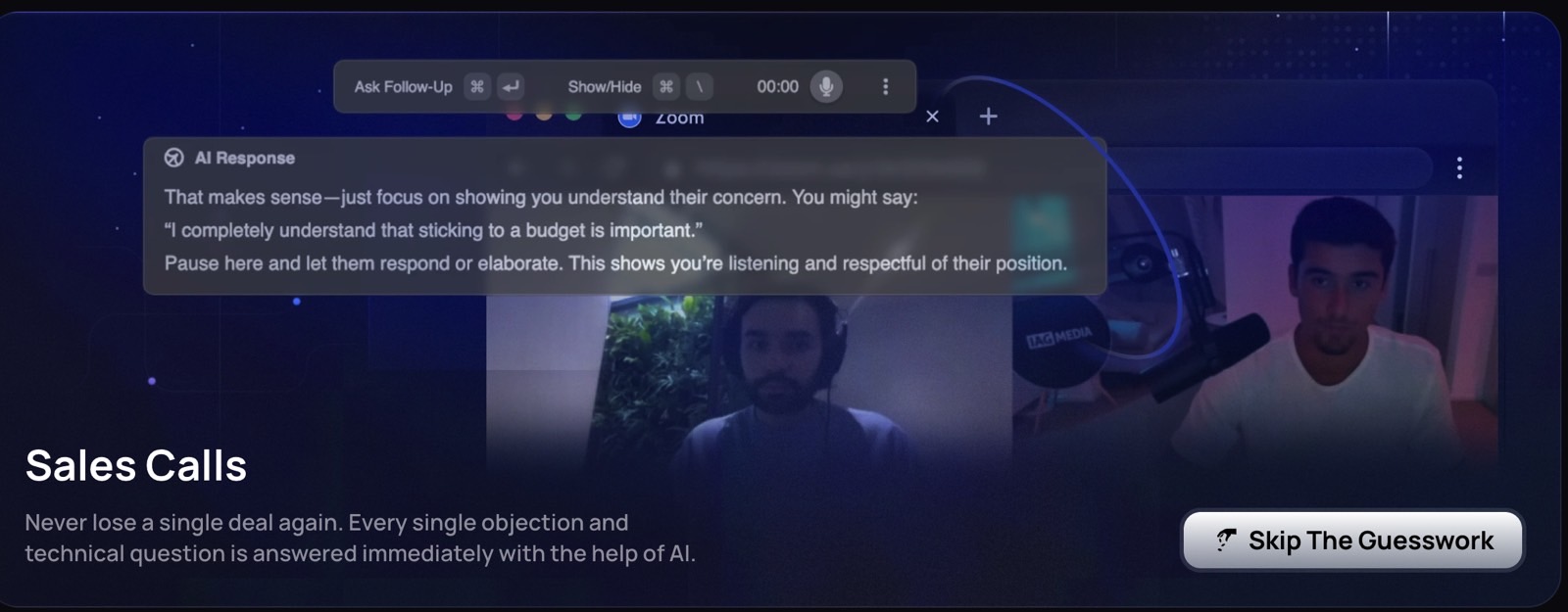








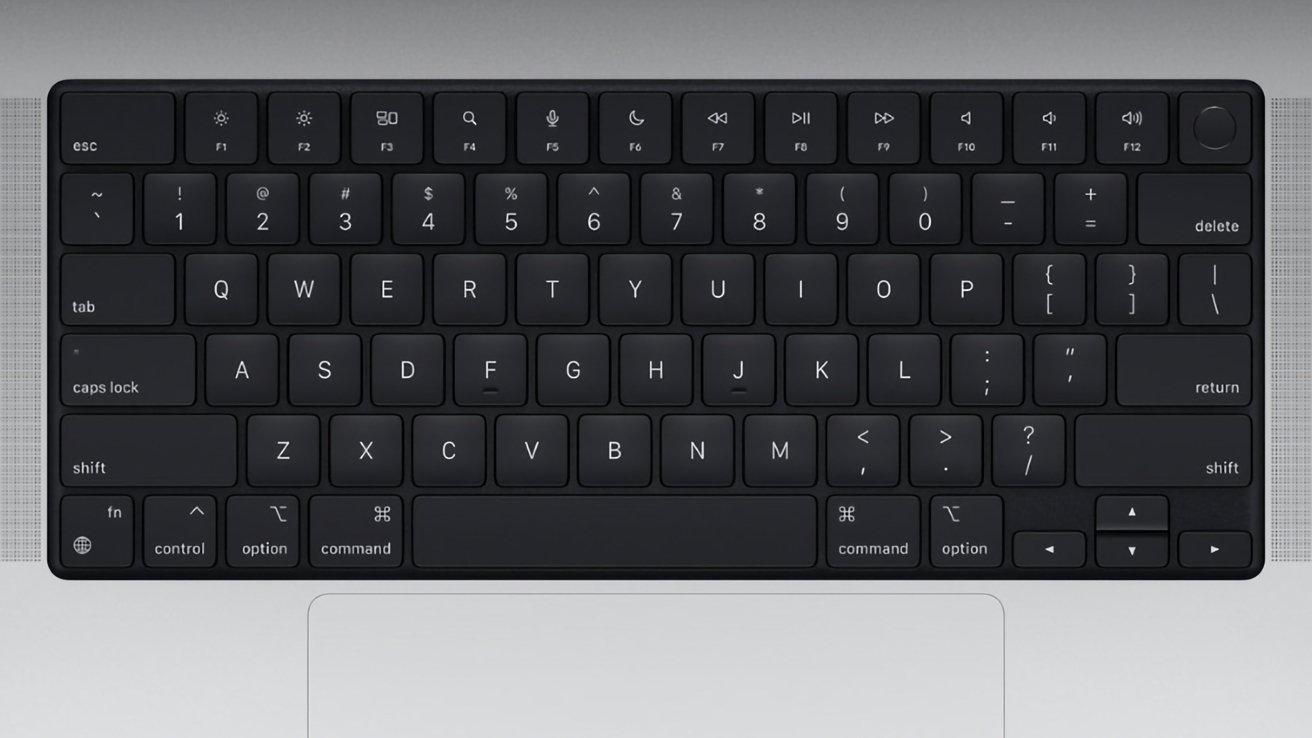



























![Apple Releases Public Beta 2 of iOS 18.5, iPadOS 18.5, macOS Sequoia 15.5 [Download]](https://www.iclarified.com/images/news/97094/97094/97094-640.jpg)

![New M4 MacBook Air On Sale for $929 [Lowest Price Ever]](https://www.iclarified.com/images/news/97090/97090/97090-1280.jpg)
![Apple iPhone 17 Pro May Come in 'Sky Blue' Color [Rumor]](https://www.iclarified.com/images/news/97088/97088/97088-640.jpg)















